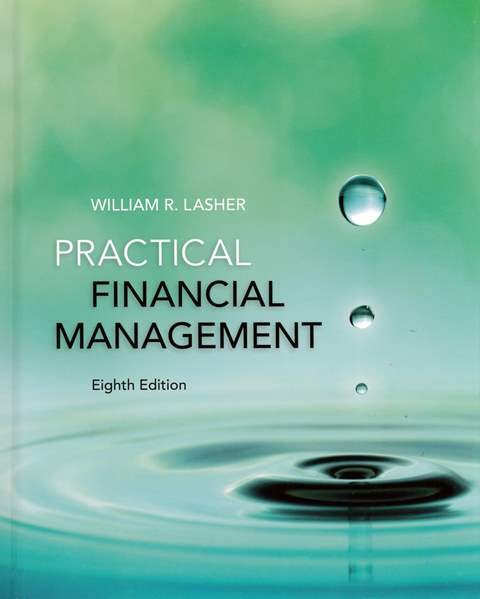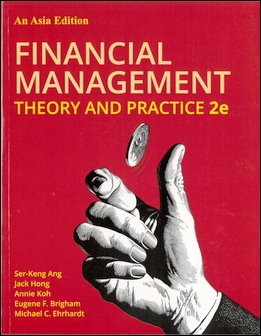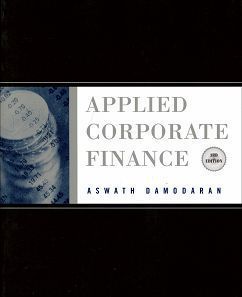書籍分類

Practical Financial Management 8/e (H)
作者:William R. Lasher
原價:NT$ 1,600
ISBN:9781305637542
版次:8
年份:2017
出版商:Cengage Learning
頁數/規格:849頁/精裝彩色
參考網頁:Practical Financial Management 8/e
版次:8
年份:2017
出版商:Cengage Learning
頁數/規格:849頁/精裝彩色
參考網頁:Practical Financial Management 8/e
內容介紹 本書特色 目錄 作者介紹
- Description
Enlist the help of a former CFO to introduce your students to the exciting world of financial management with the eighth edition of PRACTICAL FINANCIAL MANAGEMENT. Author, former CFO, and recognized authority William R. Lasher captivates students with unique insights into the issues and challenges facing financial managers every day. Lasher’s real world experience lets him include issues that others miss, such as the biases and hidden agendas decision makers often bring to the analysis of projects and proposals. Lasher’s practical, relevant and eminently accessible presentation has proven to keep students reading. This edition examines the latest financial developments, such as the influence of activist investors and our ever changing financial markets. Throughout the text, Lasher delivers an engaging, thorough presentation that’s perfectly matched to the needs of today’s business students. His treatment of math is particularly noteworthy. He explains equations with words first, and then presents solutions slowly, step by step, so even those with weak quantitative skills can follow easily. That presentation is backed up with numerous fully explained numerical examples. In addition, CengageNOW, a powerful course management and online homework tool, is available with the eighth edition. It provides easy yet effective instructor control and customization to optimize the student learning experience while measuring outcomes. Lasher’s PRACTICAL FINANCIAL MANAGEMENT, Eighth Edition, delivers the solid understanding of business finance that your students need for future success.







